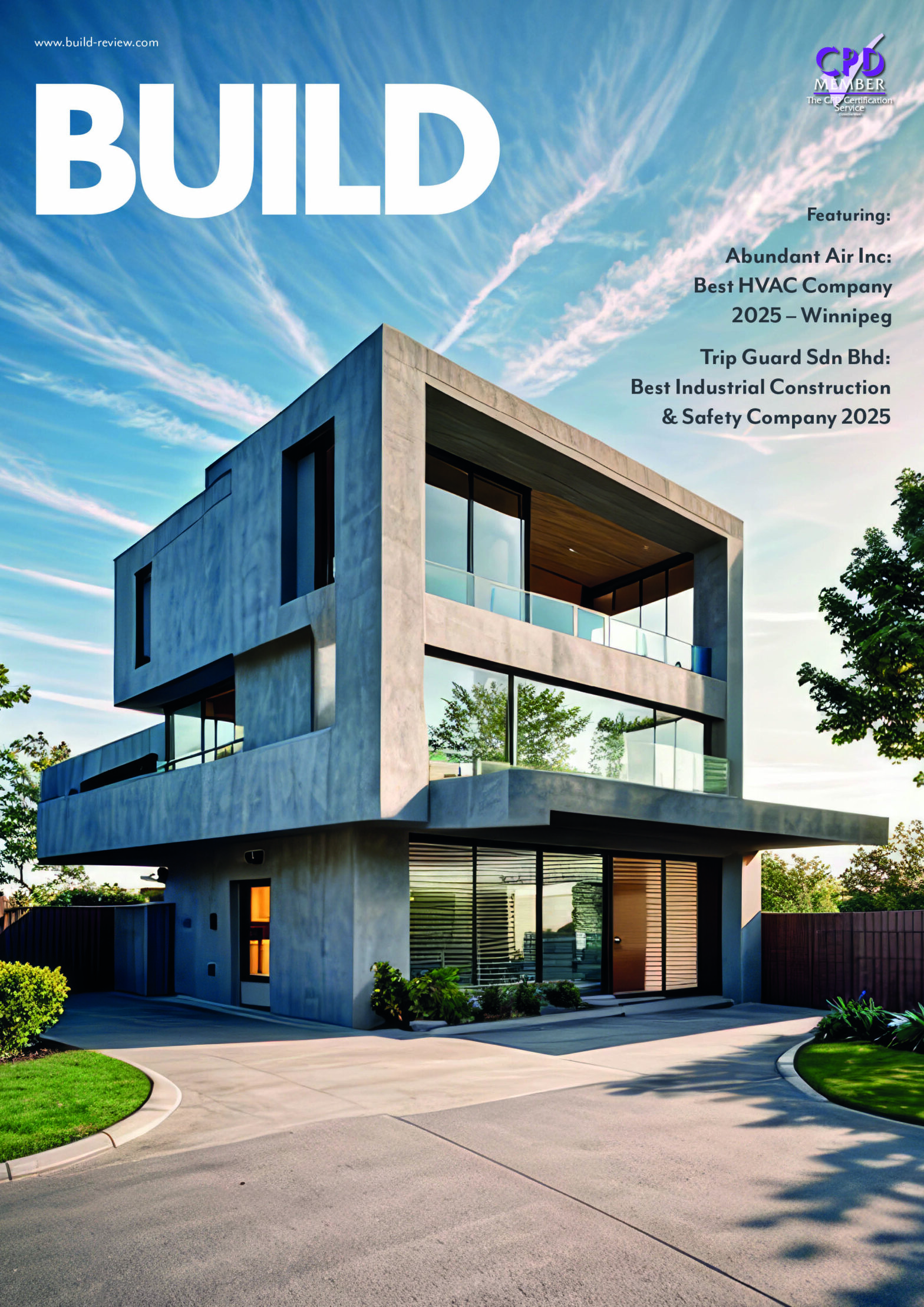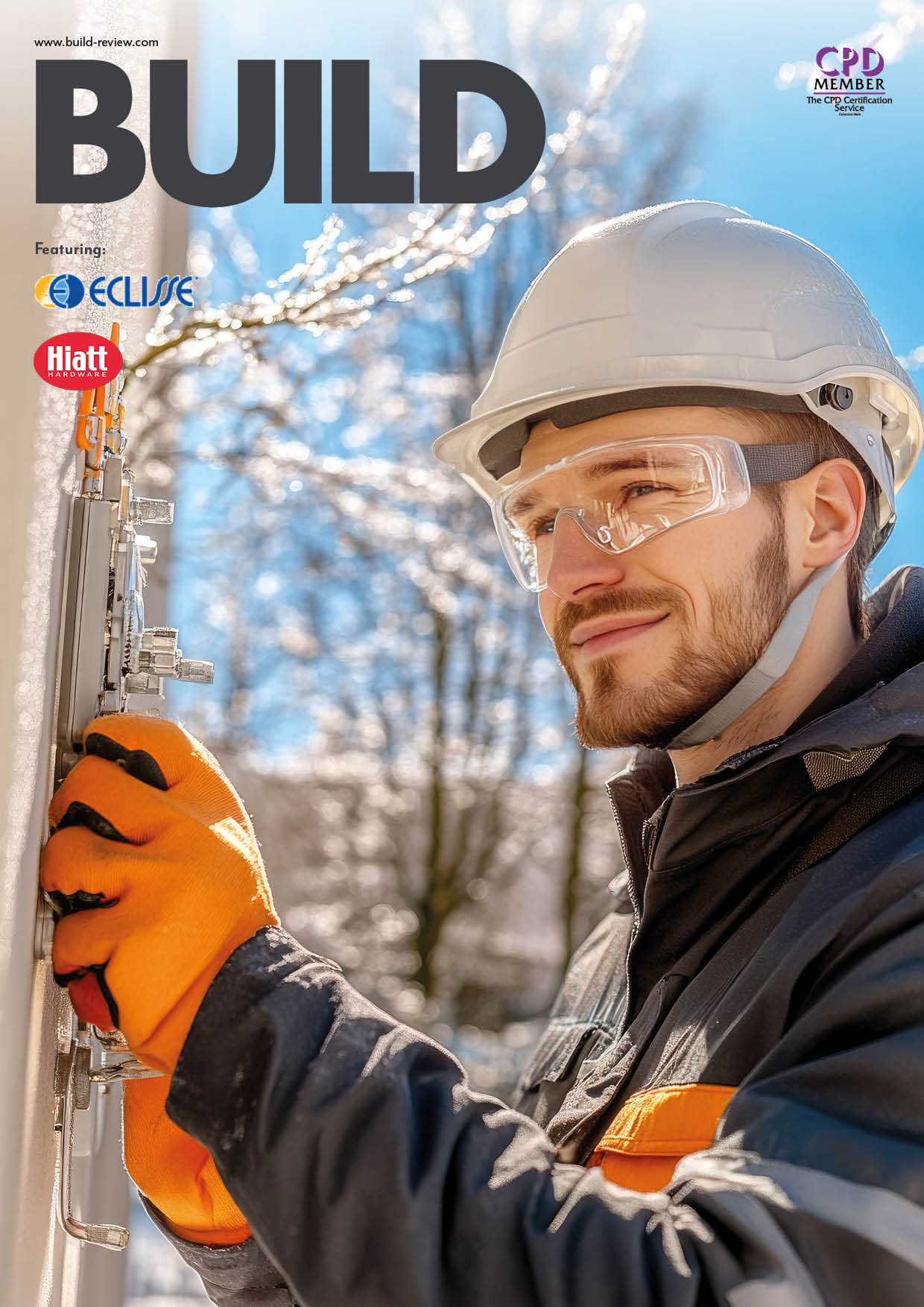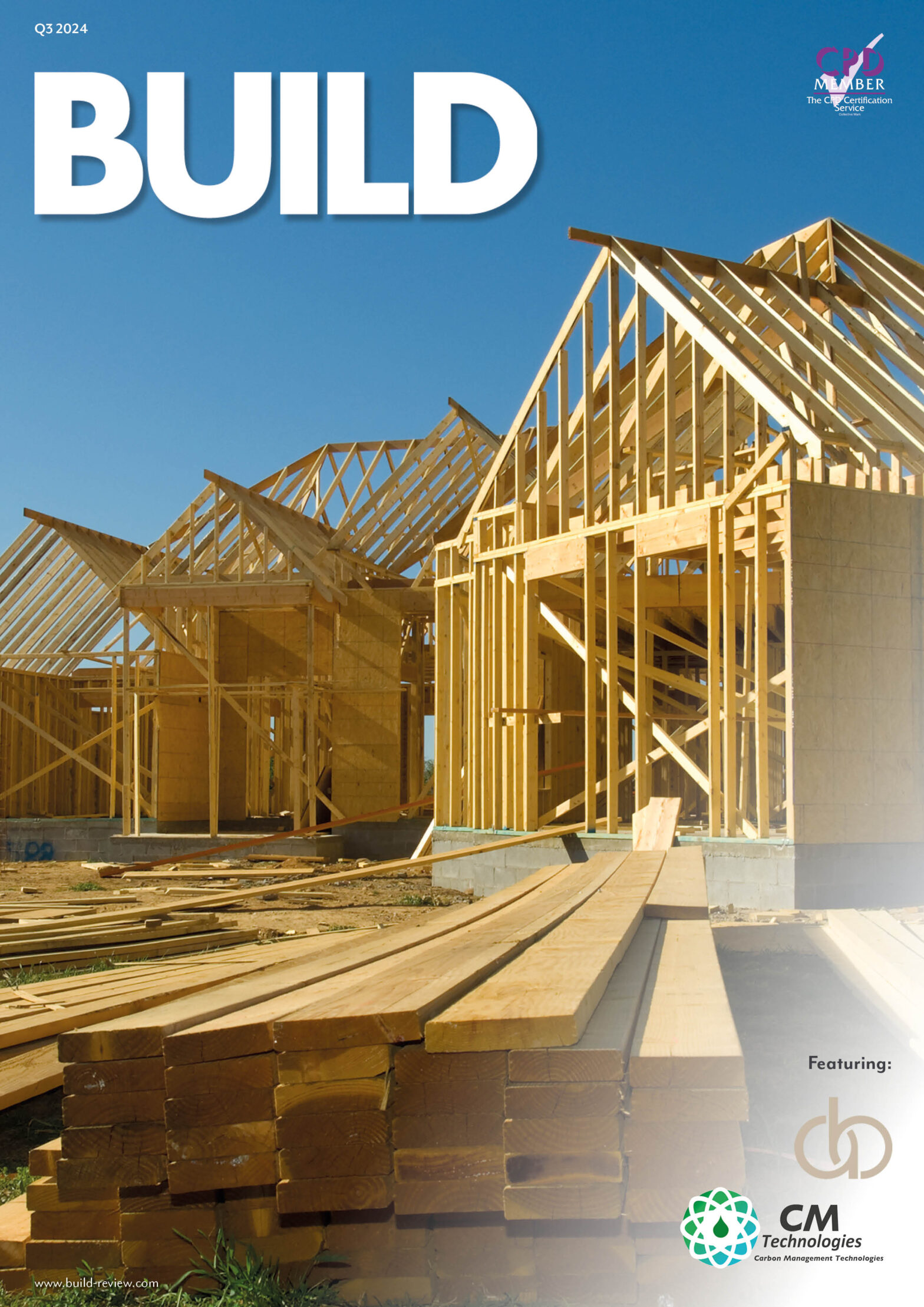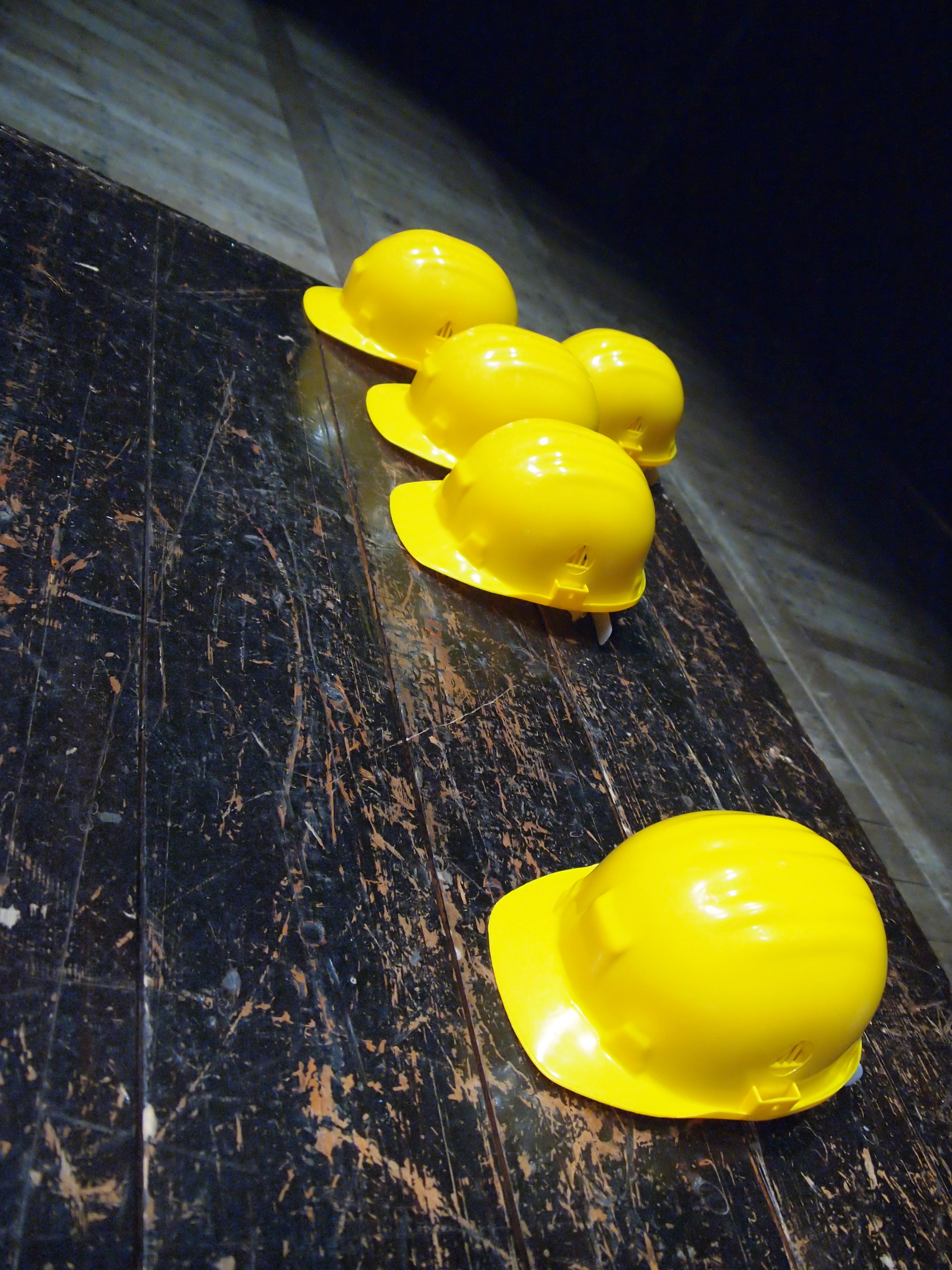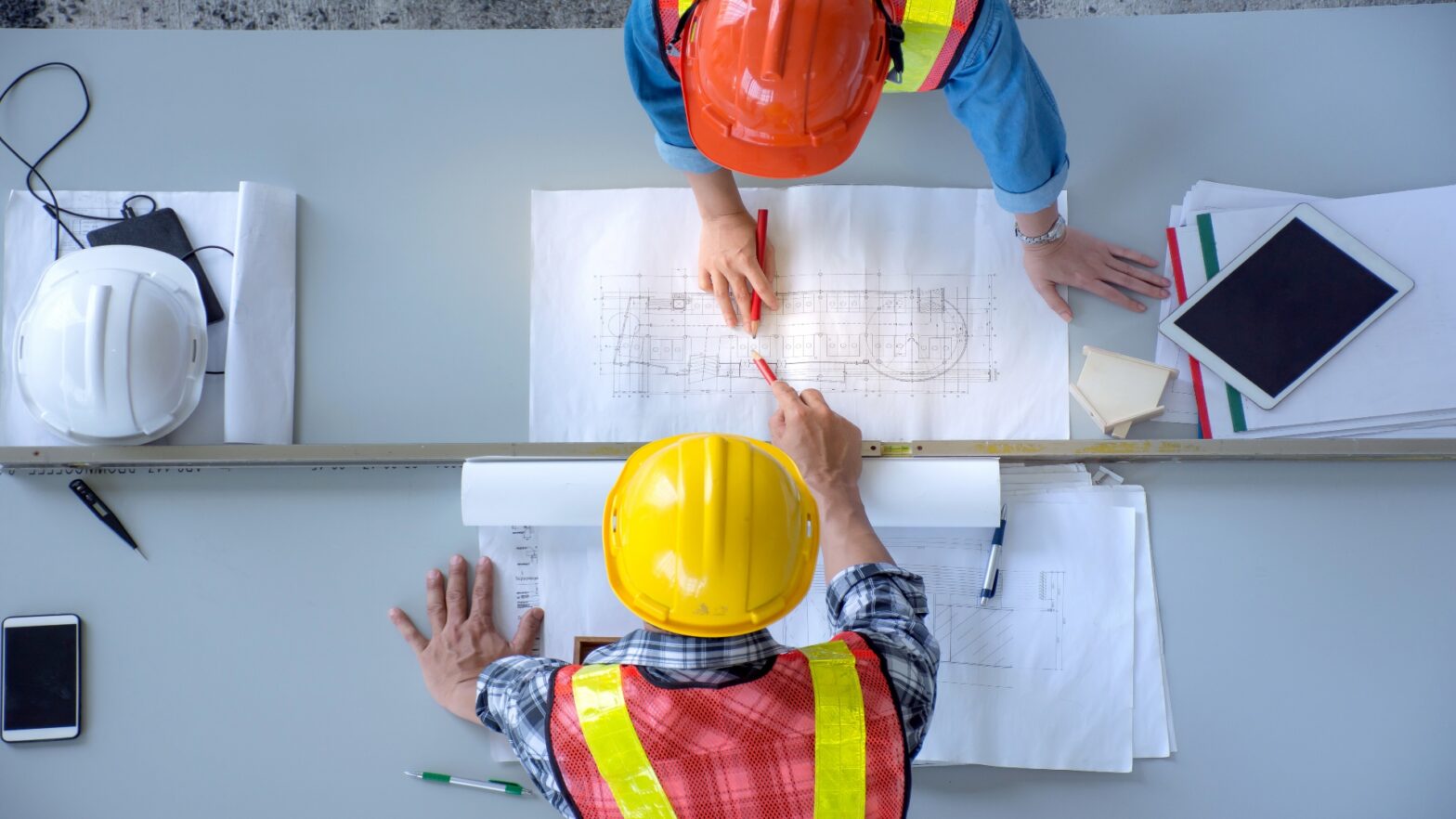Party Wall Act Compliance in London: Essential Guide for Loft Conversions
London’s dense urban environment creates unique challenges for homeowners undertaking building projects, particularly when work affects shared boundaries or neighboring properties. For construction professionals, understanding Party Wall Act requirements is crucial, and engaging a qualified party wall surveyor london becomes essential for projects impacting adjoining structures.
The Party Wall etc. Act 1996 applies throughout England and Wales, but London’s closely packed housing stock makes compliance particularly critical. From Victorian terraces to modern apartment blocks, virtually every construction project has the potential to trigger Party Wall Act requirements.
Understanding the Party Wall Act Framework
The Party Wall etc. Act 1996 establishes a framework for preventing disputes between neighbors when building work affects shared walls, boundaries, or nearby structures. The legislation covers three main categories:
Party wall work involves building on, cutting into, or affecting structures shared between properties. Common examples include inserting steel beams, creating new openings, or raising party walls.
Boundary work encompasses new construction within three or six meters of a neighboring property’s boundary, depending on the proposed structure’s depth. London’s typical plot sizes mean most extensions trigger these provisions.
Excavation work applies when digging within specified distances of neighboring buildings, particularly relevant for basement projects or significant ground works.
London-Specific Challenges
London’s architectural heritage and urban density create specific challenges for Party Wall Act compliance. The capital’s housing stock ranges from Georgian townhouses to modern developments, each presenting distinct considerations.
Historic property constraints require sensitivity when dealing with period buildings where structural interventions could affect heritage value. Party wall agreements must balance building owner rights with heritage preservation obligations.
Space limitations often necessitate construction work close to boundaries, making party wall procedures almost inevitable for extensions or significant renovations. Property values mean that construction disputes can involve substantial financial stakes, making professional surveyor involvement essential.
Party Wall Requirements for Loft Conversions
Loft conversions represent one of the most popular methods for adding space to London properties, but frequently trigger Party Wall Act requirements.
Structural modifications often involve alterations to party walls, particularly in terraced properties where roof structures may be shared. Steel beam installations, wall modifications, and roof alterations typically require party wall procedures.
Foundation implications arise when loft conversions require structural reinforcement affecting party walls. Additional loading from new floor structures or stairs may necessitate foundation work triggering excavation provisions.
Roof alterations including dormer windows or structural modifications frequently affect shared roof spaces or impact neighboring properties through changed water runoff patterns or structural loads.
Access requirements may necessitate temporary access across neighboring properties, creating additional considerations for formal agreements.
The Party Wall Surveyor’s Role
Professional party wall surveyors serve as impartial experts facilitating agreements between neighboring property owners while ensuring statutory compliance.
Technical assessment involves detailed analysis of proposed work and potential impact on neighboring properties, including structural assessments and risk evaluations.
Documentation preparation ensures all statutory notices, agreements, and awards meet legal requirements while clearly defining rights and obligations for all parties.
Dispute resolution provides structured mechanisms for addressing disagreements, often preventing costly legal proceedings while ensuring projects proceed within agreed parameters.
Notice Procedures and Timing
The Party Wall Act establishes specific notice requirements before affected building work can commence.
Two-month notice periods apply to most party wall work, requiring building owners to serve formal notices well in advance of planned construction.
One-month notice periods apply to certain excavation work, depending on the relationship between proposed excavations and neighboring buildings.
Consent or dissent responses trigger different procedures, with consent allowing work to proceed under agreed conditions while dissent necessitates formal party wall awards through surveyor appointments.
Common Pitfalls and How to Avoid Them
Late identification of party wall requirements represents the most common issue, often discovered after construction planning is complete. Early consultation with party wall specialists prevents delays.
Inadequate neighbor consultation can create adversarial relationships that complicate formal procedures and increase costs. Proactive communication often facilitates smoother agreements.
Incomplete documentation or procedural errors can invalidate notices or agreements, requiring restart of formal procedures with associated delays and costs.
Scope creep during construction can trigger additional party wall requirements not covered by original agreements, necessitating supplementary procedures.
Cost Implications and Budget Planning
Party wall procedures involve various costs that must be incorporated into construction project budgets.
Surveyor fees represent the primary direct cost, covering notice preparation, technical assessments, award drafting, and construction oversight. Complex projects typically increase these costs.
Condition surveys document neighboring property conditions before construction begins, providing baseline information for assessing any damage claims.
Construction modifications required to comply with party wall awards can affect project costs, particularly if access restrictions or protective measures are necessary.
Technology and Modern Practice
Contemporary party wall practice incorporates advanced technology improving efficiency and accuracy.
Digital condition surveys utilizing high-resolution photography and laser measurements provide comprehensive baseline documentation protecting both building owners and neighbors.
Project management software enables real-time communication between surveyors, contractors, and property owners while maintaining detailed records.
Structural monitoring systems provide continuous assessment of neighboring property conditions during construction, offering immediate alerts if issues arise.
Conclusion
Party Wall Act compliance represents an essential component of successful construction projects in London’s dense urban environment. Professional party wall surveyor involvement ensures smooth project delivery while protecting all parties’ interests.
Success lies in early identification of requirements, professional guidance throughout the process, and proactive communication with affected neighbors. This approach prevents delays, reduces costs, and maintains positive relationships.
For construction professionals working in London, developing strong relationships with qualified party wall surveyors and incorporating party wall considerations into standard project planning represents a crucial investment. As London’s development pressures intensify, proper party wall procedures become increasingly important for construction industry success.

